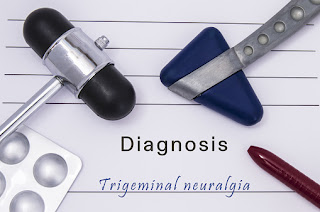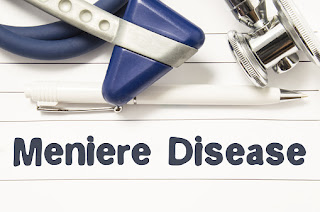TMJ Cause, Effects And Treatments

The temporomandibular (tem-puh-roe-man-DIB-u-lur) joint (TMJ) acts like a sliding hinge, connecting your jawbone to your skull. You have one joint on each side of your jaw. TMJ disorders — a type of temporomandibular disorder or TMD — can cause pain in your jaw joint and in the muscles that control jaw movement. TMJ disorders have many signs and symptoms. It's often hard to know for sure if you have TMJ, because one or all of these symptoms can also be present for other problems. Your dentist can help make a proper diagnosis by taking a complete medical and dental history, conducting a clinical examination and taking appropriate X-rays. Some of the most common TMJ symptoms include: Headaches (often mimicking migraines), earaches, and pain and pressure behind the eyes A clicking or popping sound when you open or close your mouth Pain brought on by yawning, opening the mouth widely or chewing Jaws that "get stuck," lock or go out Tenderness of the jaw muscles A sudden cha...







